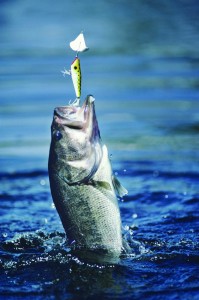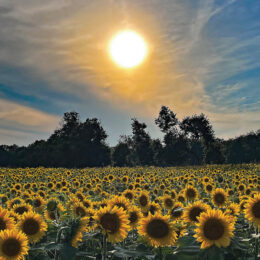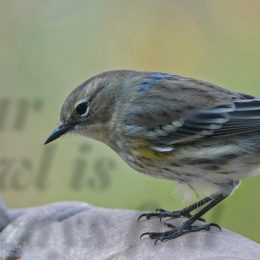Years ago, I visited Club METS in late March. It i s a location where you can find a lot of Indiana fishery biologists hanging out at winter’s end.
s a location where you can find a lot of Indiana fishery biologists hanging out at winter’s end.
No, Club METS is not white sand beaches and palm trees. It is the old abandoned wastewater treatment facility perched above Brookville Lake. The location’s formal name is the Mounds Egg Taking Station, and it is where Indiana’s fishery biologists harvest and fertilize the majority of walleye eggs and milt used in restocking Hoosier waters.
Biologists and their helpers set nets in Brookville Reservoir to catch the necessary brood stock. Once captured, the male and female fish are carefully handled during the stripping of eggs and milt and returned unharmed to the reservoir.
Once the eggs are fertilized, the biologists carefully nurture the eggs until they hatch into walleye fry. The walleye fry are then transferred to Indiana Department of Natural Resources fish hatcheries to grow to various sizes before being transplanted into state-owned waters.
The walleye stocking efforts are the heart of Indiana’s program, but it is by far not all the fish stocked into Indiana waters.
2014 was a banner year for Indiana! The DNR and organizations with a DNR permit stocked 31.9 million fish in 70 counties. In a typical year, stocking numbers are between 22 million and 24 million fish.
The increase was primarily due to a near-record number of walleye eggs collected at Brookville Lake by DNR biologists for hatchery production. The eggs also had a higher-than-normal survival rate. As a result, biologists stocked approximately 10 million more walleye fry than normal.
Other species stocked throughout Indiana were bluegill, brown trout, crappie, channel catfish, Chinook salmon, Coho salmon, grass carp, hybrid striped bass, hybrid sunfish, largemouth bass, muskie, pike, rainbow trout, redear sunfish, saugeye, steelhead, striped bass and yellow perch.
Stocking fish size ranged from fry to channel catfish and muskellunge more than a foot long.
Stockings supplement natural reproduction or help establish a species in an area where it cannot reproduce on its own.
“Fish stockings not only add value to the fishery but also give a boost to the local economy by bringing additional anglers to the area,” said Brian Schoenung, DNR Division of Fish and Wildlife fisheries chief.
District fisheries biologists evaluate fish populations to determine the best sites for stocking. For questions about stocking at a specific location, contact your district fisheries biologist. A map of districts and their biologists is at fishing.IN.gov/3590.htm.
It is illegal to stock public waters without a DNR permit.
The fish are produced at the state’s seven hatcheries and one trout rearing station.
The fish were raised and stocked with the help of anglers through fishing license sales and the Sport Fish Restoration Fund, which collects excise tax paid by the manufacturer on qualifying fishing equipment.
My advice to Indiana anglers: With the increased stocking efforts, you may need a bigger can of worms.
Jack Spaulding is a state outdoors writer and a consumer of RushShelby Energy living along the Flatrock River in Moscow. Readers with questions or comments can write to him in care of Electric Consumer, P.O. Box 24517, Indianapolis, IN 46224; or email jackspaulding@hughes.net.



